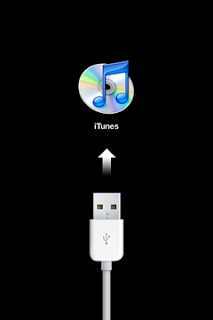Flash Player 10.2 beta has been released by Adobe and can be downloaded here.
The video above demonstrates one of the key new features to this Flash build, called Stage Video hardware acceleration. According to Adobe's website, Stage Video is
A new method for video playback in Flash Player that will allow developers to leverage complete hardware acceleration of the video rendering pipeline, enabling best-in-class playback performance. Stage Video can dramatically decrease processor usage and enables higher frame rates, reduced memory usage, and greater pixel fidelity and quality.
Other new features to this Flash Player build include:
- IE 9 hardware accelerated rendering support
- Native custom mouse cursors
- Full screen support for multiple monitors
Full details of this build can be found on Adobe's website, here.




